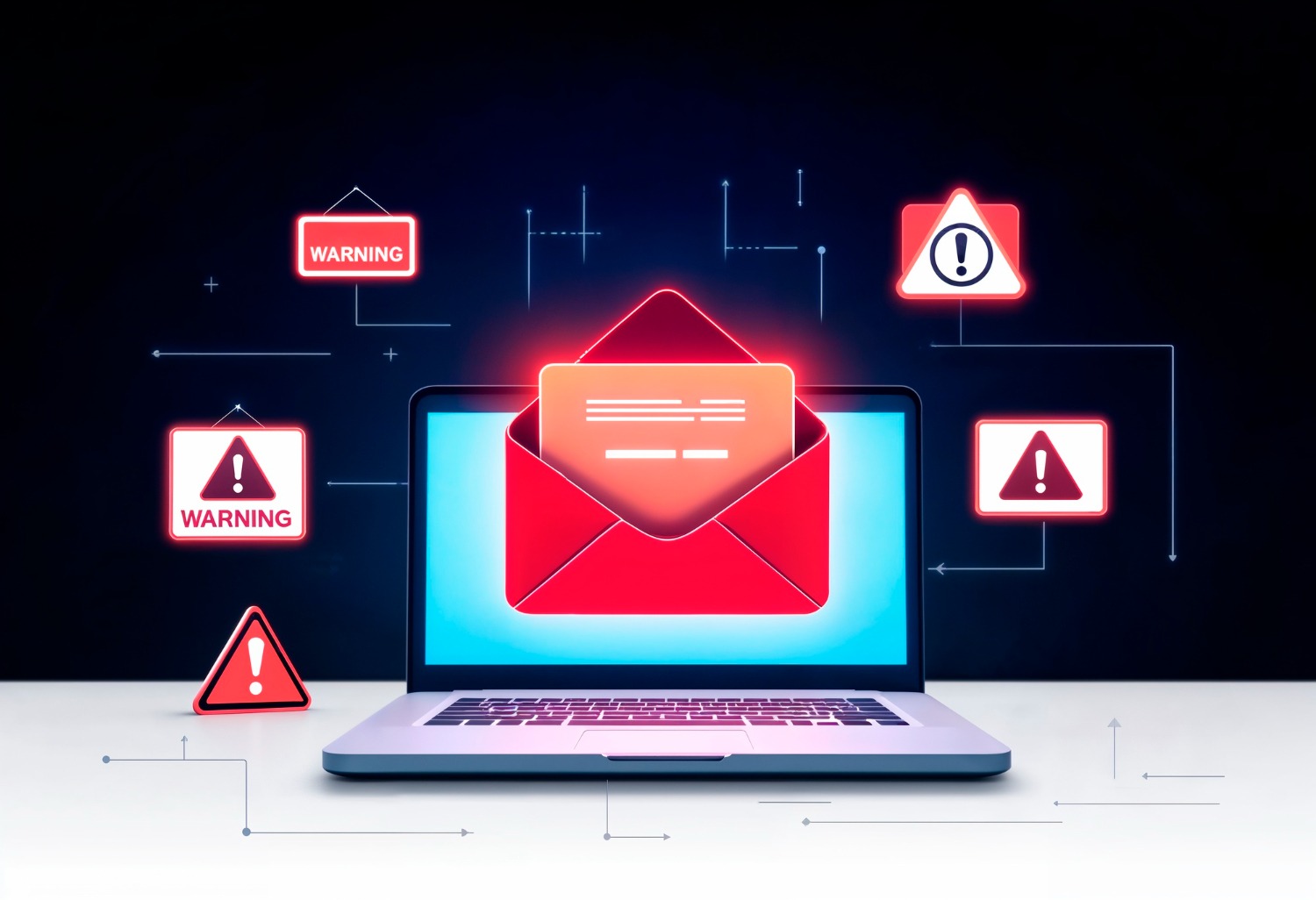Cybersecurity: Security Threats and Solutions
Cybersecurity has emerged as a critical concern for individuals, businesses, and governments alike. With rapid technological advancements and increasing reliance on digital infrastructure, the threat landscape has become more complex and sophisticated. Organizations now face unprecedented risks from cybercriminals, necessitating robust cybersecurity measures to safeguard sensitive data, systems, and operations. This article explores the major cybersecurity threats and the solutions available to mitigate these risks.
Common Cybersecurity Threats
1. Phishing Attacks
Phishing remains one of the most prevalent cybersecurity threats. In phishing attacks, cybercriminals trick individuals into providing sensitive information such as usernames, passwords, or credit card details. This is often done through deceptive emails or fake websites that appear legitimate. The growing sophistication of phishing attacks, such as spear-phishing (targeted phishing) and whaling (targeting executives), makes them difficult to detect.
2. Ransomware
Ransomware is a type of malware that encrypts a victim’s data, rendering it inaccessible until a ransom is paid. This type of attack has become increasingly common, targeting individuals, enterprises, and even critical infrastructure like hospitals and government agencies. Notable ransomware attacks, such as WannaCry and Colonial Pipeline, have demonstrated the devastating financial and operational impact of such breaches.
3. Malware and Viruses
Malware, short for malicious software, encompasses various types of threats, including viruses, trojans, worms, and spyware. Malware can infiltrate systems through downloads, emails, or malicious websites, compromising sensitive data, damaging systems, or enabling unauthorized access.
4. Data Breaches
Data breaches occur when cybercriminals gain unauthorized access to sensitive or confidential information. Organizations that store customer or business data are prime targets. Recent high-profile breaches have exposed millions of personal records, leading to identity theft, financial fraud, and reputational damage.
5. DDoS (Distributed Denial of Service) Attacks
DDoS attacks overwhelm systems, servers, or networks with a flood of internet traffic, causing service disruptions or outages. Cybercriminals often use botnets (a network of compromised devices) to execute DDoS attacks, targeting businesses, websites, or critical infrastructure.
6. Insider Threats
Insider threats originate from employees, contractors, or partners with access to an organization’s systems and data. These threats can be intentional, such as a disgruntled employee leaking information, or accidental, such as mishandling sensitive data or falling victim to phishing scams.
7. IoT (Internet of Things) Vulnerabilities
The increasing use of IoT devices, such as smart appliances, industrial sensors, and wearable technology, introduces new vulnerabilities. Many IoT devices lack robust security measures, making them susceptible to hacking and exploitation as entry points into larger networks.
Solutions to Cybersecurity Threats
1. Implementing Strong Authentication Mechanisms
Strong authentication mechanisms, such as Multi-Factor Authentication (MFA), add an extra layer of security. MFA requires users to verify their identity through multiple means, such as passwords, biometrics, or one-time codes. This significantly reduces the risk of unauthorized access, even if credentials are compromised.
2. Employee Training and Awareness
Human error remains a significant factor in cybersecurity breaches. Regular training and awareness programs can help employees recognize phishing attempts, follow secure practices, and adopt a security-first mindset. Conducting simulated phishing exercises and providing clear protocols can empower teams to act as the first line of defense.
3. Advanced Endpoint Protection
Installing antivirus software and advanced endpoint protection tools can help detect, prevent, and remove malware. Endpoint Detection and Response (EDR) solutions offer real-time monitoring and analysis of devices to identify suspicious activity before it escalates.
4. Data Encryption
Data encryption ensures that sensitive information is encoded and accessible only to authorized users with the correct decryption key. Encrypting data at rest (stored data) and in transit (data being transferred) protects it from being intercepted or exploited.
5. Regular Software Updates and Patch Management
Outdated software often contains vulnerabilities that cybercriminals can exploit. Organizations must implement regular updates and patch management processes to keep systems secure. Automating updates for operating systems, applications, and devices can minimize the risk of breaches.
6. Network Security Solutions
Deploying firewalls, intrusion detection systems (IDS), and intrusion prevention systems (IPS) helps secure networks from unauthorized access and malicious activity. Virtual Private Networks (VPNs) can also protect remote connections by encrypting data traffic.
7. Ransomware Protection and Backups
To combat ransomware, organizations should implement proactive measures, such as regular backups and offline storage of critical data. Backup solutions ensure that systems can be restored quickly without paying a ransom. Anti-ransomware tools can also detect and block suspicious behavior.
8. Zero Trust Architecture
Zero Trust is a security framework that operates on the principle of “never trust, always verify.” It requires continuous verification of users, devices, and network activity, regardless of whether access originates inside or outside the organization. By limiting access to the minimum required level, Zero Trust reduces the attack surface.
9. Monitoring and Incident Response
Implementing Security Information and Event Management (SIEM) systems and continuous monitoring helps organizations detect, analyze, and respond to threats in real-time. Developing an incident response plan ensures a coordinated approach to mitigating breaches and minimizing damage.
10. Securing IoT Devices
To address IoT vulnerabilities, organizations must enforce robust security practices, such as using strong passwords, updating firmware, and disabling unnecessary features. Network segmentation can also isolate IoT devices from critical systems.
Conclusion
As cybersecurity threats continue to evolve, organizations and individuals must adopt a proactive and multi-layered approach to protect their digital assets. By understanding common threats, implementing robust security measures, and fostering a culture of awareness, it is possible to mitigate risks and maintain trust in an increasingly digital world. Cybersecurity is not a one-time solution but an ongoing process that requires vigilance, investment, and innovation. Organizations that prioritize security will be better positioned to withstand future challenges and safeguard their operations in the face of rising cyber threats.




